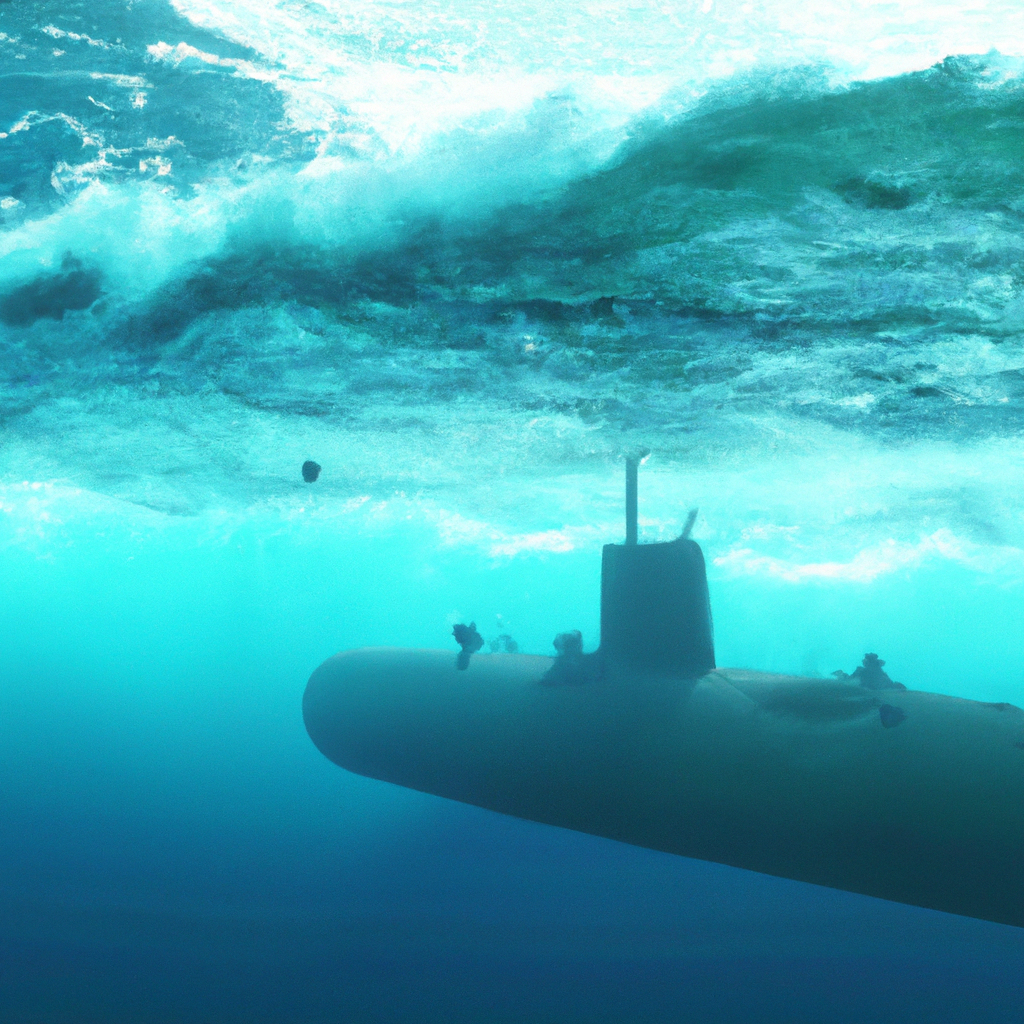Submarines are complex machines that allow humans to explore the depths of the ocean. They have come a long way since their invention in the 19th century, and today’s submarines are capable of diving to incredible depths and staying submerged for months at a time. But how do submarines dive and surface? In this article, we will explore the submersible technology, underwater navigation, and marine engineering that makes this possible.
Submarine Diving
The process of diving a submarine is complex and requires a lot of preparation. Before a submarine can dive, the ballast tanks are filled with water, which makes the submarine negatively buoyant. This means that it is heavier than the water it displaces and will sink. The ballast tanks are located in the lower part of the submarine and are filled by opening valves that allow seawater to flow in.
Once the ballast tanks are filled, the submarine will start to sink. The rate of descent is controlled by adjusting the amount of water in the tanks. If the submarine is descending too quickly, some of the water can be pumped out to slow it down. This is done using a system of pumps that are located throughout the submarine.
As the submarine descends, the pressure outside the hull increases. To prevent the hull from collapsing, the submarine is designed to withstand the pressure. The hull is made of thick steel and is reinforced in key areas to ensure that it can withstand the pressure at depth.
Submarine Surfacing
The process of surfacing a submarine is similar to diving, but it is done in reverse. To surface a submarine, the ballast tanks are emptied of water, which makes the submarine positively buoyant. This means that it is lighter than the water it displaces and will rise to the surface.
As the submarine rises, the pressure outside the hull decreases. This can cause air pockets to form inside the hull, which can be dangerous. To prevent this, the submarine is equipped with a system of valves that allow air to escape as the pressure decreases.
As the submarine nears the surface, the crew will use the periscope to check for any hazards that may be in the way. Once the submarine is clear of any obstacles, it will break the surface and the crew can open the hatches to let in fresh air.
Submersible Technology
The technology that makes it possible for submarines to dive and surface is complex and requires a lot of engineering. One of the most important components of a submarine is the ballast system. The ballast tanks are used to control the buoyancy of the submarine and allow it to dive and surface.
Another important component of a submarine is the propulsion system. Most modern submarines are powered by a nuclear reactor, which provides a nearly unlimited supply of power. This allows the submarine to stay submerged for months at a time without the need to surface for refueling.
Underwater Navigation
Navigating a submarine underwater is a challenging task that requires a lot of skill and training. Submarines use a variety of instruments to navigate, including sonar, radar, and GPS. These instruments allow the crew to determine the submarine’s position and course, as well as detect any hazards that may be in the way.
Sonar is one of the most important instruments used by submarines. It works by emitting a sound wave and listening for the echo that bounces back. By analyzing the echo, the crew can determine the distance and direction of any objects in the water.
Marine Engineering
Marine engineering is the branch of engineering that deals with the design, construction, and maintenance of ships and other marine vessels. Submarines are some of the most complex machines in the world, and they require a lot of engineering expertise to design and build.
One of the biggest challenges in designing a submarine is ensuring that it can withstand the pressure at depth. The hull must be thick enough and reinforced in key areas to prevent it from collapsing.
Conclusion
Submarines are incredible machines that allow humans to explore the depths of the ocean. The process of diving and surfacing a submarine is complex and requires a lot of engineering and training. Submarines use a variety of instruments to navigate underwater, including sonar, radar, and GPS. Marine engineering is an important field that is crucial to the design and construction of submarines.







